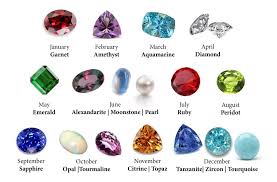Locked room mysteries, also known as “impossible crime” stories, were a popular genre of detective fiction in the 1920s and 1930s. These stories involved a crime that was committed in a room that was locked from the inside, making it seemingly impossible for the perpetrator to have entered or exited the room. The challenge for the detective was to solve the mystery and figure out how the crime was committed.
One of the most famous examples of a locked room mystery is The Hollow Man by John Dickson Carr, published in 1935. The story involves a murder committed in a locked room with no apparent means of entry or exit. The detective, Dr. Gideon Fell, must use his powers of deduction and logical reasoning to solve the case.
Another classic example of the genre is The Mystery of the Yellow Room by Gaston Leroux, published in 1907. In this story, a young woman is found unconscious in a locked room with signs of a struggle, but no sign of the perpetrator. The detective, Joseph Rouletabille, must solve the case by piecing together the clues and unraveling the complex web of motives and alibis.
Locked room mysteries were popular with readers because they presented a unique challenge to the detective and kept readers guessing until the very end. They were also often filled with complex puzzles and clues that the reader could try to solve along with the detective. Additionally, the closed setting of the locked room added a sense of claustrophobia and tension to the story, making it all the more thrilling.
Overall, the locked room mystery genre was a popular and influential genre in the 1920s and 1930s, and its legacy can still be seen in modern mystery fiction. The genre challenged both writers and readers to think outside the box and presented a unique and compelling form of storytelling that still captivates audiences today.





Leave a comment